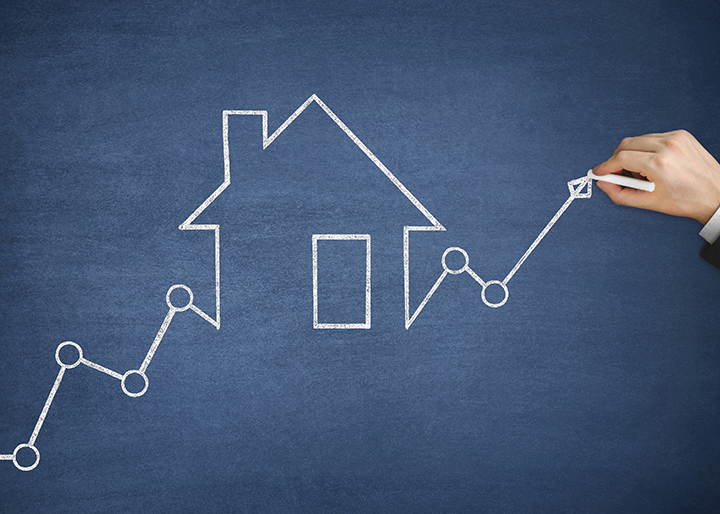Market Predictions for 2023
While Not Rosy, Still Fair Share of Opportunities Ahead By Erica LaCentra As we head into the fourth quarter of 2022, predictions for what the real estate and housing market will look like in the coming year are pouring in. As mortgage rates continue to rise due to interest rate hikes by the U.S. Federal Reserve as a means of combating inflation, the general consensus across the industry is that
Read More












